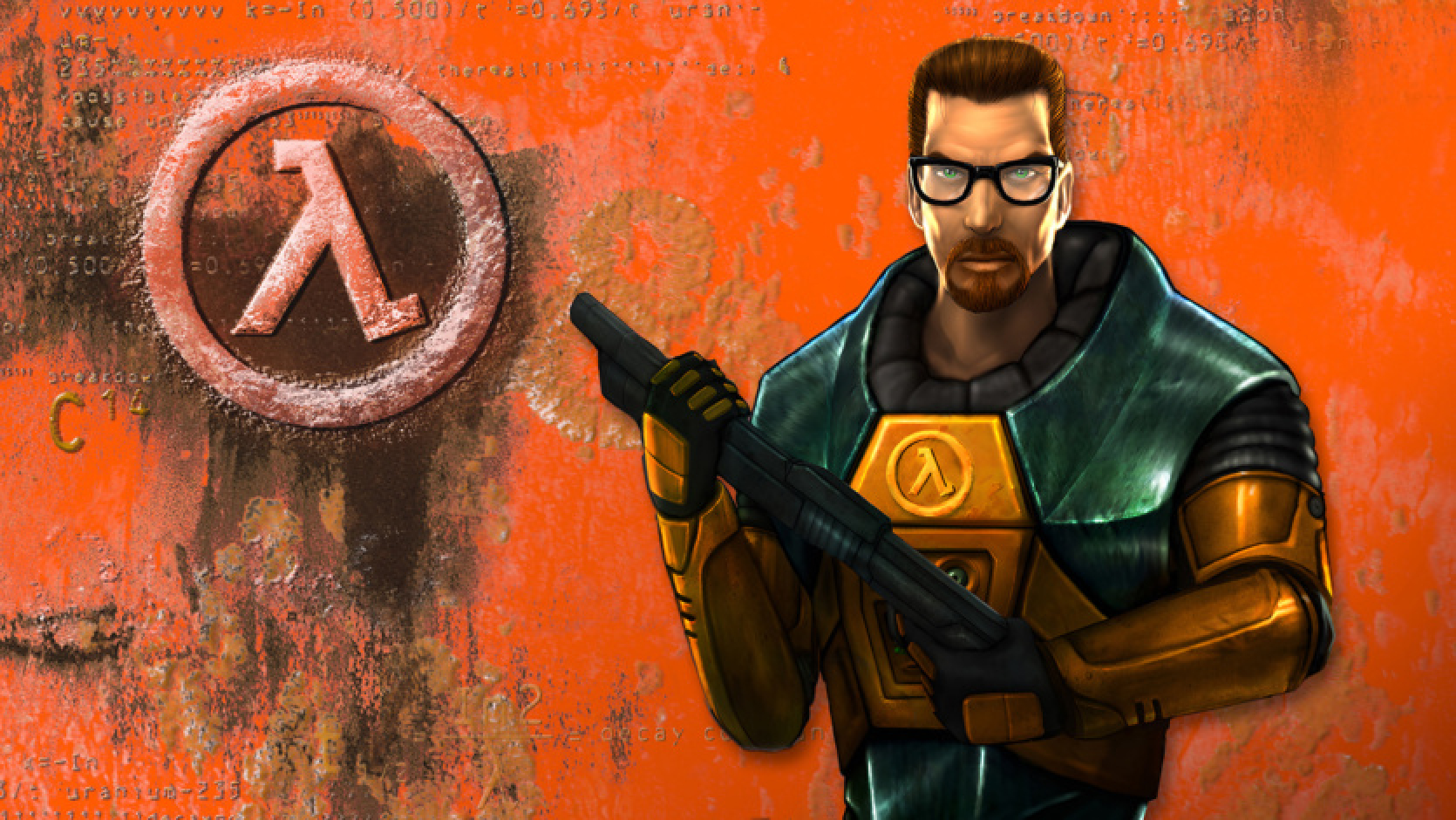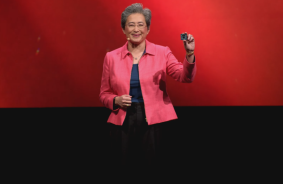Today, everyone knows Valve's gaming hit Half-Life, and most PC gamers are aware they are using Steam. However, things might have turned out quite differently.
Monica Harrington was Valve's chief marketing strategist in its early years. She states that the world narrowly avoided an alternate reality where Half-Life left Valve in ruins, and she played a key role in preventing that outcome.
In August, Harrington published her memoir titled "The Early Days of Valve from a Woman Inside." The book details Valve's early struggles with publisher Sierra On-Line from the perspective of someone often overlooked in the studio's history. Monica illustrates that the somewhat mythologized success of the company was far from guaranteed.
In 1998, Valve was in a precarious position. The launch of Half-Life was not just the studio's first game; it was a matter of survival. While the Half-Life demo became a hit at E3 1997, an internal demo the following summer received lukewarm feedback from testers. Meanwhile, the funds that Harrington and Newell had invested in their fledgling studio continued to be consumed by rising costs.
“If Valve had released the game as it was, it would have launched and quietly faded away, rendering all our efforts meaningless. All the people we hired would have lost their jobs, and we would have lost our invested money. It would have been a disaster,” writes Harrington.
With such high stakes, Valve made a proposal to the publisher to halt the current development and start work on a better version of Half-Life. Sierra did not grant their blessing. When Valve began to rework the game, they did so without additional funding from the publisher.
In hindsight, it’s easy to say this was the right choice. Half-Life was released in November 1998. By the end of the year, the game had received over 50 awards. Thanks to Harrington's marketing strategy, credit for this success belonged solely to Valve, not Sierra.
Leading up to the release of Half-Life, marketing focused on building Valve's reputation within the industry and among the press, creating and distributing background materials about the developers who attended conferences, and similar outreach efforts.
“Just before Christmas, the Wall St. Journal published an article titled ‘Valve's Story-Driven Game is a Hit.’ The article never mentioned Sierra as our publisher,” Harrington recalls.
However, despite the critical acclaim, Half-Life could have failed to achieve the monumental success it did. That outcome was very likely. When Harrington began planning the retail strategy for Half-Life for the new year, Sierra announced it was exiting the project.
“Essentially, their message to us was ‘thank you, the game looks great, we're moving on.’ Their marketing at the time revolved around a ‘Launch and Leave’ strategy, while we were trying to sell a game worthy of a franchise we could build for years,” she explains.
In the late 90s, game sales operated very differently. Lacking traditional advertising and retail presence, a game could easily have become "dead." Harrington told PC Gamer that if Sierra had backed out of marketing Half-Life, Valve would have been doomed.
“There exists an alternate universe where Half-Life simply vanished after its release due to a lack of retail support. If Half-Life had bombed in the market, the company wouldn't have survived. And that almost happened because Sierra didn't know how to manage the impact that Half-Life could have,” she emphasizes.
Meanwhile, Harrington was determined not to squander the initial momentum of Half-Life.
“Thanks to my previous position at Microsoft, I knew how to maximize Half-Life's market potential, and I was ready to take action, as well as very eager to leverage our assets to ensure that Sierra fulfilled its obligations. We owed it to the Valve team and the gamers who had already fallen in love with the game,” she affirms.
At that same meeting, during which Sierra announced its withdrawal, Harrington insisted that if the publisher did not double its marketing efforts for Half-Life, Valve would walk away from the deal, and the industry would learn how Sierra had “messed up.” The outcome was the boxed release of the Game of the Year, one of the earliest instances of such a retail tactic.
Sales of Half-Life began to increase, but Valve's prospects remained dire. The signed publishing agreement meant that Sierra owned the rights to the Half-Life IP and had exclusive rights to publish Valve's future games. This agreement meant that despite continuously rising development costs, Valve would receive a mere $1 million advance for each game and earn only 15% royalties from sales. It was a "shackling" arrangement for years.
To escape the agreement with Sierra, Harrington helped formulate a strategy that allowed Valve to issue an ultimatum: if Sierra did not reconsider the terms of the agreement, Valve would simply halt game development and pivot to creating other software.
“Given that Gabe and Mike had extensive experience in other aspects of software development, the threat was not a bluff.” Monica Harrington, having worked at Microsoft, also did not see this as a problem.
Adding weight to their arguments was a partnership offer with a small company called Amazon—to create a digital game store, which sounds very much like the future Steam. Thus, Valve returned to the negotiating table with proof of its ability to continue developing alternative software, which Sierra would not see a dime from.
Valve successfully renegotiated its agreement with Sierra in 2001, gaining control of the Half-Life IP and rights to online distribution of its games. Without this revision, Half-Life 2 might have never existed, and neither would Steam or Portal. Likewise, the supposedly in-development Half-Life 3 would never have seen the light of day.
Source: PC Gamer














Comments (0)
There are no comments for now